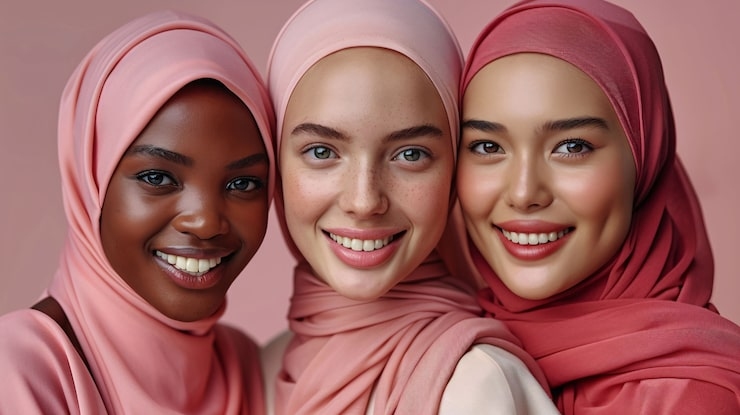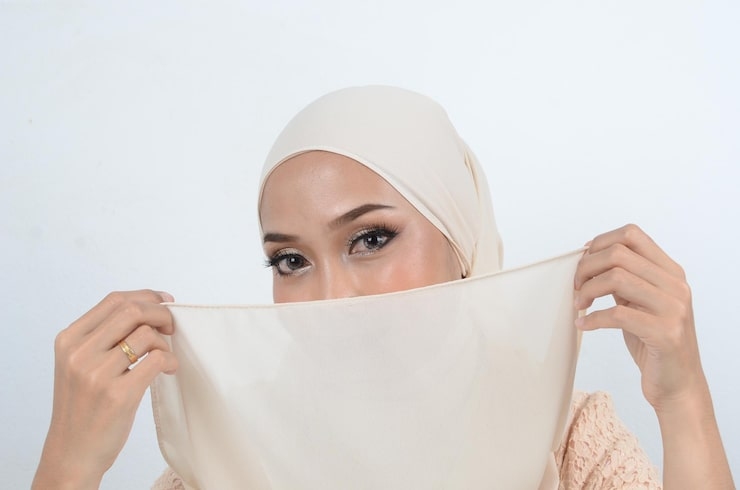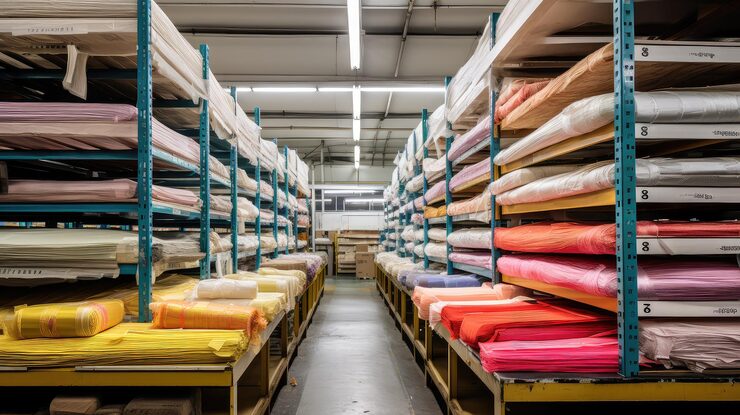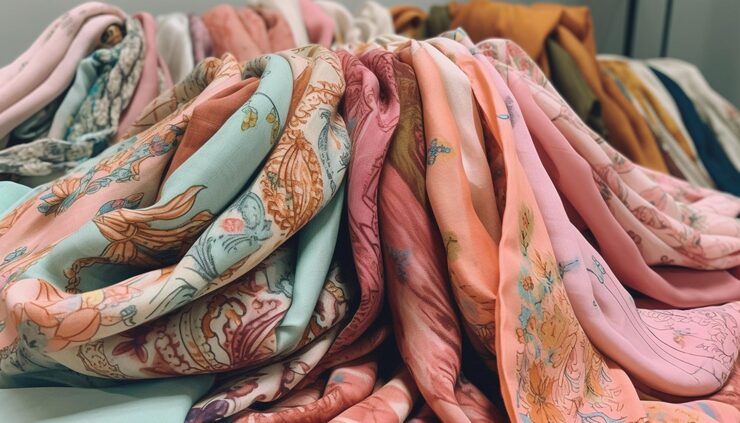What is Voile Made Of?
What is Voile Made Of?
Voile is a lightweight, semi-sheer fabric that is prized for its soft texture, airy feel, and delicate drape. The name "voile" is derived from the French word for "veil," aptly describing its sheer and lightweight properties. This versatile fabric can be made from various fibers, each imparting unique characteristics to the final product. In this article, we will delve into the composition of voile, its production process, and its distinct properties.
Composition of Voile
Voile can be made from a variety of fibers, including:
Cotton: Cotton voile is one of the most common types. It is made from 100% natural cotton fibers, which are known for their breathability, softness, and comfort. Cotton voile is particularly popular for summer garments and lightweight home décor due to its ability to keep cool in warm weather.
Silk: Silk voile is luxurious and has a natural sheen that adds an elegant touch to garments and accessories. It is smooth, soft, and has a beautiful drape, making it ideal for evening wear and high-end fashion items.
Polyester: Polyester voile is durable, less prone to wrinkling, and often more affordable than natural fiber voiles. It retains the lightweight and semi-sheer properties of voile, making it suitable for a wide range of applications, including curtains and decorative items.
Blended Fibers: Voile can also be made from a blend of fibers, such as cotton-polyester or silk-cotton blends. These blends aim to combine the best qualities of each fiber, such as the breathability of cotton and the durability of polyester, or the sheen of silk and the affordability of cotton.
Production Process
The production of voile involves several key steps:
Fiber Preparation: The chosen fibers (cotton, silk, polyester, or blends) are prepared by cleaning and processing them into a usable form.
Spinning: The fibers are spun into fine yarn. For voile, the yarn is typically very thin and tightly twisted to create a lightweight and smooth thread.
Weaving: The fine yarns are woven into a plain weave pattern. This basic weaving technique involves interlacing the yarns in a simple criss-cross pattern, which contributes to voile’s smooth and even texture.
Finishing: After weaving, the fabric undergoes various finishing processes to enhance its softness, sheen, and drape. This may include washing, bleaching, dyeing, and sometimes special treatments to add additional properties such as wrinkle resistance.
Properties of Voile
Lightweight and Breathable: Voile’s lightweight nature and breathable weave make it a perfect fabric for warm weather clothing and home décor. It allows air to flow through, keeping the wearer cool and comfortable.
Soft and Smooth: Voile has a soft and smooth texture, providing a comfortable feel against the skin. This makes it a preferred choice for garments that require a gentle touch.
Semi-Sheer: The semi-sheer quality of voile gives it an elegant and delicate appearance. This makes it ideal for layering in clothing and for use in home décor where light diffusion is desired.
Versatile: Voile’s versatility allows it to be used in a wide range of applications, from fashion and accessories to home décor and crafts.
Uses of Voile
Voile’s unique properties make it suitable for various uses:
Clothing: Voile is commonly used for summer dresses, blouses, skirts, and scarves. Its lightweight and breathable nature make it perfect for warm weather wear.
Accessories: Voile is used to make stylish accessories like shawls, scarves, and veils that add a touch of elegance to any outfit.
Home Décor: In home décor, voile is popular for making sheer curtains, drapes, and bed canopies. Its ability to diffuse light while providing privacy makes it a practical and aesthetic choice.
Linings and Underlayers: Voile can be used as a lining fabric for garments that require a smooth, lightweight layer beneath the outer fabric.
Care and Maintenance
Caring for voile is relatively simple, but it varies slightly depending on the fiber content:
Washing: Most voile fabrics can be machine washed on a gentle cycle with mild detergent. Hand washing is also an option for delicate items, especially those made from silk or blends.
Drying: It is best to air dry voile to prevent shrinkage and maintain its shape. If using a dryer, choose a low heat setting.
Ironing: To remove wrinkles, iron voile on a low to medium heat setting. For delicate fabrics like silk voile, using a pressing cloth can prevent damage.
In conclusion, voile is a versatile and elegant fabric made from various fibers, including cotton, silk, polyester, and blends. Its lightweight, semi-sheer properties and smooth texture make it a popular choice for a wide range of applications, from fashion to home décor. Whether you’re looking for a cool summer dress or ethereal curtains, voile offers a blend of beauty and functionality that is hard to match.




